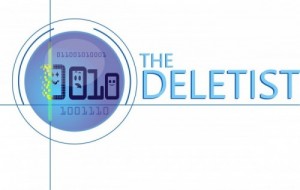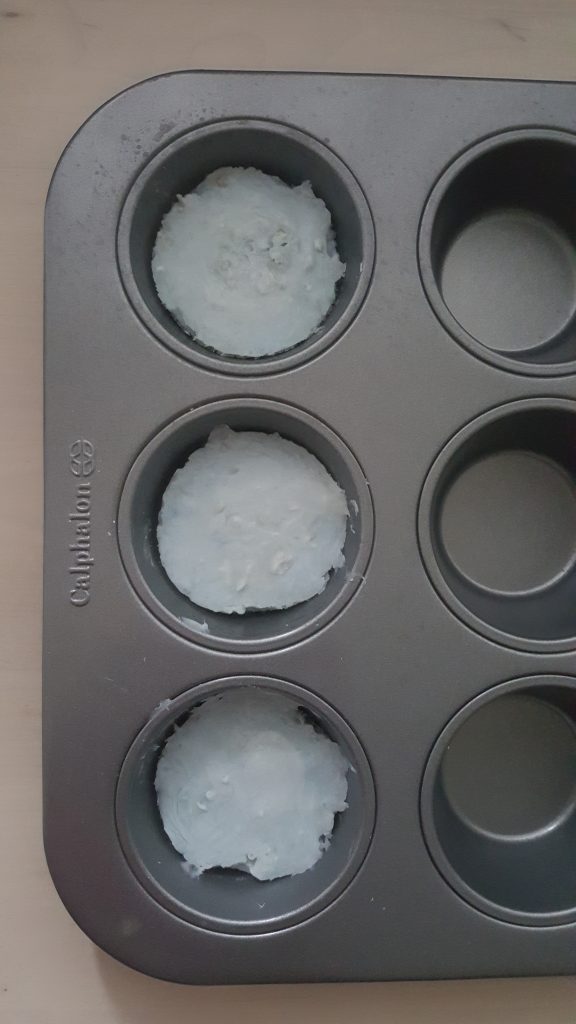Last week my partner and I hosted a ceremony. We wanted to broadcast it virtually so our guests could watch and comment, but not talk during it. This is a key difference between an event and a meeting.
The biggest benefit of the virtual event was guests attending from all over the world, even though finding an optimal time was tricky with so many time zones represented. Another bonus, as one guest remarked, was that everyone got a front-row seat.
The event was lovely with a few funny moments trying to get everything figured out live.
Here are some tips for hosting a successful live event virtually based on my lessons learned.
Figure out what you need (e.g., recording, presenting only, calendar invitations, etc.). Then pick your app. Skype, Zoom, and Google Meet, etc., will all offer slightly different capabilities. We needed to record the event for about an hour so we picked Google Meet even though it was a little harder to use than Zoom.
Practice the event. Set up the space in advance so you can figure out where to place your device. Practice with a friend so you know what it will be like during the event. For example, I had to adjust the settings to enable Google Meet to record.
Plan extra time for your guests who may have problems using technology or with the app. Offer practice sessions ahead of time and “open” the event 15 minutes early. I had a few guests with whom I set up Google Meet test meetings in advance to make sure they knew how to use it. This is how we discovered two of our most important guests couldn’t use Google Meet!
Determine how many devices you will need. We wanted background music and we knew that some guests couldn’t use Google Meet. Plus Google Meet will only record with a computer, not a handheld device. This meant we needed at least 3 devices, plus a way to prop them all.
Appoint a guest to monitor sound and video quality. I had no idea that only half my head was showing until my mom unmuted her microphone to point this out. It’s better to hear about problems from only one person.
Be kind to your guests and yourself. Every app works a little bit differently. Make sure guests know the basics, like how to access the event and mute microphones.


